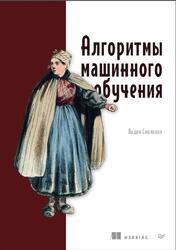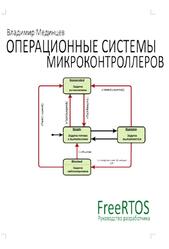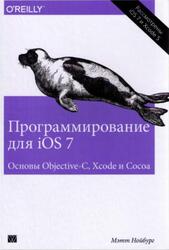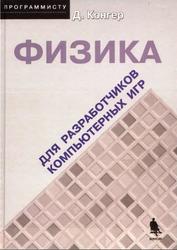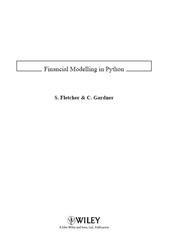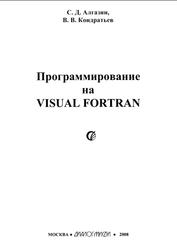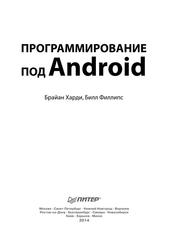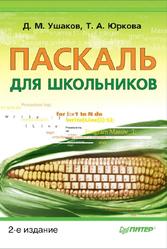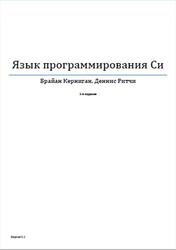Get a comprehensive, in-depth introduction to the core Python language with this hands-on book. Based on author Mark Lutz’s popular training course, this updated fifth edition will help you quickly write efficient, high-quality code with Python. It’s an ideal way to begin, whether you’re new to programming or a professional developer versed in other languages.
Complete with quizzes, exercises, and helpful illustrations, this easy-to-follow, self-paced tutorial gets you started with both Python 2.7 and 3.3—the latest releases in the 3.X and 2.X lines — plus all other releases in common use today. You’ll also learn some advanced language features that recently have become more common in Python code.
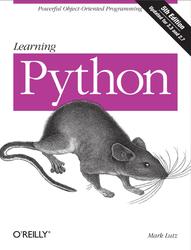
Software Quality.
By design, Python implements a deliberately simple and readable syntax and a highly coherent programming model. As a slogan at a past Python conference attests, the net result is that Python seems to “fit your brain” — that is, features of the language interact in consistent and limited ways and follow naturally from a small set of core concepts. This makes the language easier to learn, understand, and remember. In practice, Python programmers do not need to constantly refer to manuals when reading or writing code; it’s a consistently designed system that many find yields surprisingly uniform code.
By philosophy, Python adopts a somewhat minimalist approach. This means that although there are usually multiple ways to accomplish a coding task, there is usually just one obvious way, a few less obvious alternatives, and a small set of coherent interactions everywhere in the language. Moreover, Python doesn’t make arbitrary decisions for you; when interactions are ambiguous, explicit intervention is preferred over “magic.” In the Python way of thinking, explicit is better than implicit, and simple is better than complex.
Contents.
Preface.
Part I. Getting Started.
1. A Python Q&A Session.
2. How Python Runs Programs.
3. How You Run Programs.
Part II. Types and Operations.
4. Introducing Python Object Types.
5. Numeric Types.
6. The Dynamic Typing Interlude.
7. String Fundamentals.
8. Lists and Dictionaries.
9. Tuples, Files, and Everything Else.
Part III. Statements and Syntax.
10. Introducing Python Statements.
11. Assignments, Expressions, and Prints.
12. if Tests and Syntax Rules.
13. while and for Loops.
14. Iterations and Comprehensions.
15. The Documentation Interlude.
Part IV. Functions and Generators.
16. Function Basics.
17. Scopes.
18. Arguments.
19. Advanced Function Topics.
20. Comprehensions and Generations.
21. The Benchmarking Interlude.
Part V. Modules and Packages.
22. Modules: The Big Picture.
23. Module Coding Basics.
24. Module Packages.
25. Advanced Module Topics.
Part VI. Classes and OOP.
26. OOP: The Big Picture.
27. Class Coding Basics.
28. A More Realistic Example.
29. Class Coding Details.
30. Operator Overloading.
31. Designing with Classes.
32. Advanced Class Topics.
Part VII. Exceptions and Tools.
33. Exception Basics.
34. Exception Coding Details.
35. Exception Objects.
36. Designing with Exceptions.
Part VIII. Advanced Topics.
37. Unicode and Byte Strings.
38. Managed Attributes.
39. Decorators.
40. Metaclasses.
41. All Good Things.
Part IX. Appendixes.
A. Installation and Configuration.
B. The Python 3.3 Windows Launcher.
C. Python Changes and This Book.
D. Solutions to End-of-Part Exercises.
Index.
Бесплатно скачать электронную книгу в удобном формате, смотреть и читать:
Скачать книгу Learning Python, Lutz M., 2013 - fileskachat.com, быстрое и бесплатное скачивание.
Скачать pdf
Ниже можно купить эту книгу, если она есть в продаже, и похожие книги по лучшей цене со скидкой с доставкой по всей России.Купить книги
Скачать - pdf - Яндекс.Диск.
Дата публикации:
Теги: учебник по программированию :: программирование :: Lutz
Смотрите также учебники, книги и учебные материалы:
Следующие учебники и книги:
Предыдущие статьи:

